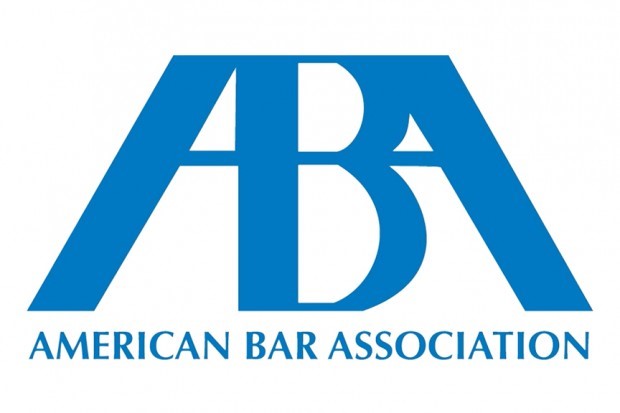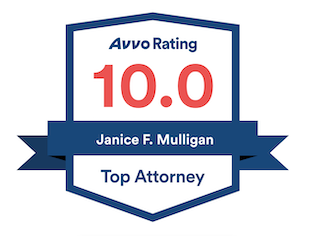THE TRUE STORY OF THE MCDONALD’S HOT COFFEE CASE…
When asked during Voir Dire (jury selection at trial), most jurors respond that they’ve heard of the infamous McDonald’s hot coffee case. The Plaintiff (person who filed the lawsuit) got a windfall, right? The Plaintiff was not even injured but received millions of dollars, right? This is just another example of a frivolous lawsuit, right? The big American corporation that we know and love did absolutely nothing wrong, right? Well, let’s take a closer look at the McDonald’s hot coffee case and then maybe we can answer those questions…
The 1994 case of Liebeck v. McDonald’s Restaurants, 1995 WL 360309, involved a 79 year old grandmother, Stella Liebeck from Albuquerque, New Mexico. Ms. Liebeck ordered coffee from a local McDonald’s and after receiving the order, her grandson pulled his car forward and stopped so Ms. Liebeck could add cream and sugar to her coffee. Ms. Liebeck placed the coffee cup between her knees and as she removed the lid, the entire contents of the cup spilled into her lap. She suffered third degree burns (the most significant degree of burns) to over 6 percent of her body, including her inner thighs, groins, and abdomen. She had lesser burns to 16% of her body. She was hospitalized for eight days and underwent skin grafting to repair her grossly damaged skin.
Ms. Liebeck attempted to settle her claim for her medical bills of $20,000, but McDonald’s refused and offered her a measly $800. A lawsuit was filed and during the discovery phase of litigation, McDonald’s produced documents showing that there were more than 700 claims by people burned by coffee over a ten year span. McDonald’s also revealed that its coffee was held between 180 and 190 degrees, while most coffee is sold at a substantially lower temperature. Matter of fact, coffee served at home is generally 135 to 140 degrees. McDonald’s knew their coffee was exceptionally hot and had burned many customers over the past 10 years, but claimed that the millions of cups of coffee sold per day was worth the risk.
The court ordered two settlement conferences, but McDonald’s failed to show, wanting instead to go trial because a jury in New Mexico had never returned a products liability verdict in favor of a Plaintiff. At trial, a jury awarded $200,000 in compensatory damages to Ms. Liebeck. This amount was reduced to $160,000 because the jury found Ms. Liebeck 20 percent at fault. Here’s the kicker though and why this case is so well known, the jury awarded $2.7 million in punitive damages to punish McDonald’s. This amount equaled two days of McDonalds’ coffee sales. The judge reduced the punitive damages award to $480,000 for a total verdict of $640,000. The parties eventually settled the case for a confidential amount, reportedly less than $600,000.
There is a lot of hype about the McDonald’s hot coffee case. The McDonald’s case should be well-known in our society as an example of our justice’s system of checks and balances. It is NOT an example of a runaway jury or windfall to the Plaintiff. And it is definitely NOT a frivolous lawsuit either, given the severity of Ms. Liebeck’s burns and the arrogance/reckless/willful conduct of McDonald’s.
For more information, or if you or a loved one, have been injured as the result of the negligence of another in California, please contact the experienced lawyers at Mulligan Law. Our telephone number is 619-238-8700.











